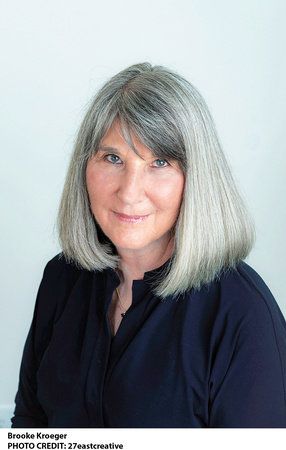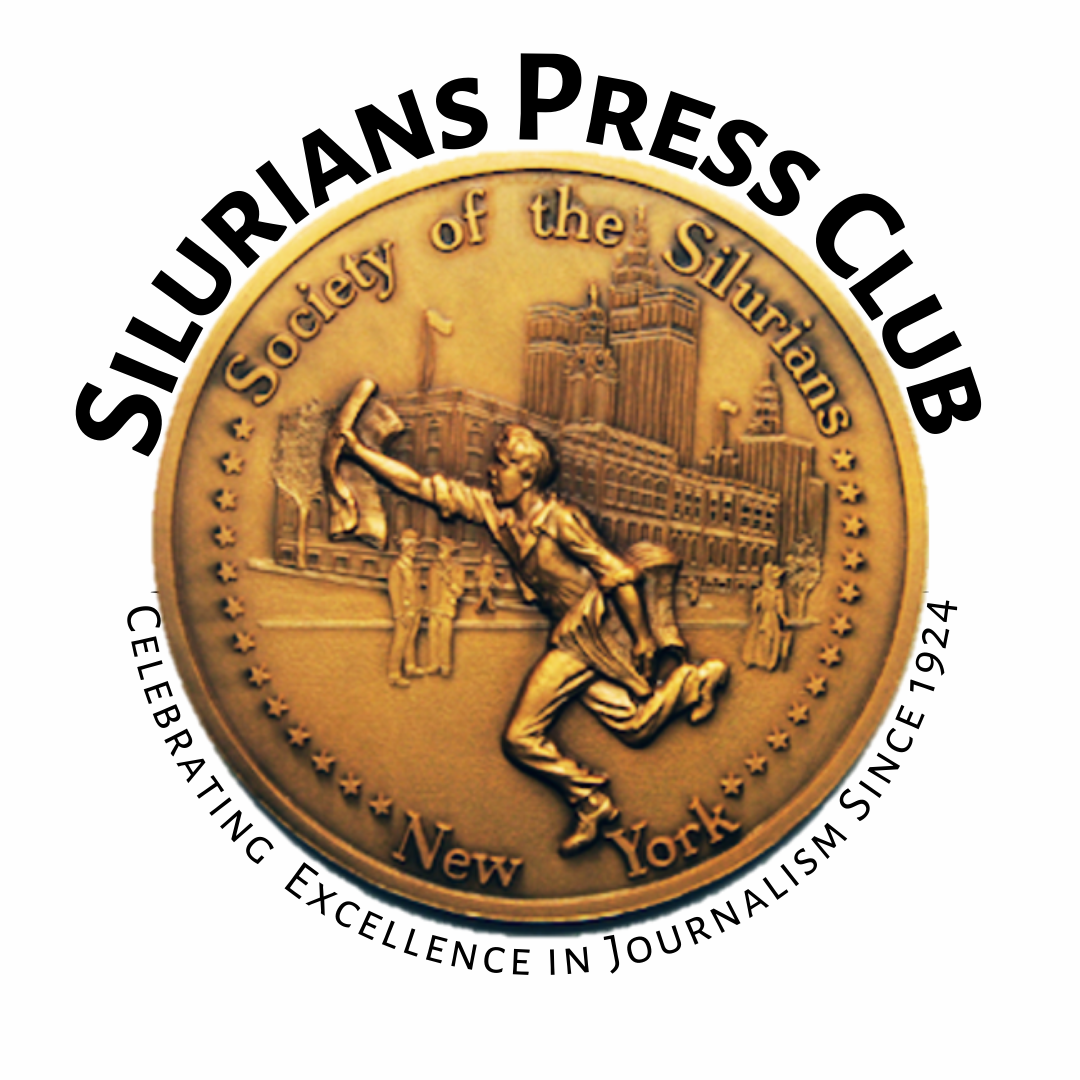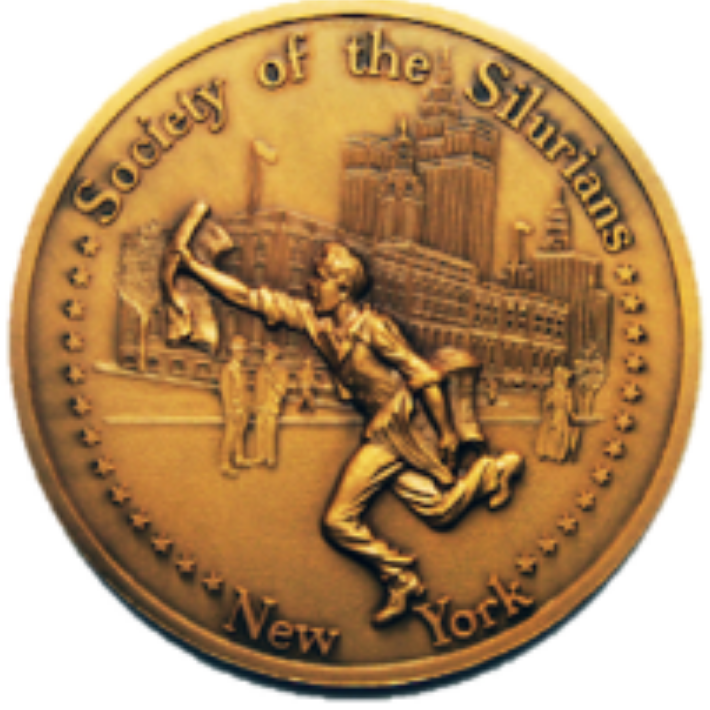
Brooke Kroeger
Brooke Kroeger, How Women Changed American Journalism
By David A. Andelman
It took the incomparable Anne O’Hare McCormick 14 years and a change of publishers to catapult from New York Times stringer to staff reporter. A year later, she became the first woman to win a Pulitzer Prize in a major journalism category.
She interviewed Mussolini, Hitler, Stalin and numerous other men by the time publisher Adolph Ochs, who never hired a woman, died in 1935 and Arthur Hayes Sulzberger took over and made her the first female Times editorial board member.
It took another 14 years for a woman to win a second journalism Pulitzer.
But none of this was much of a surprise to Brooke Kroeger, who expanded on her remarkable book Undaunted: How Women Changed American Journalism as the Silurians Press Club luncheon speaker in March.
Kroeger begins her tale well back in the 19th century. “It was interesting to me to see why everything that had been figured out in 1890 had to be figured out again in 1970,” she told her audience.
Under questioning by Silurians governor Mel Laytner, Kroeger remarked that her goal was to examine what turned out to be “a continuum looking from 1840 when we first have mass journalism to the present and establish the patterns along the way. You could see how it’s really a story of progress.” This took her from the heyday of the women muckrakers in the 1890s, really the first investigative journalists—the likes of Ida Tarbell, Ida B. Wells, and Nellie Bly—into the early 20th century where repeatedly women “created opportunity for a moment and then faded away from exposure and lack of sustained interest.”
Then along came Vietnam.
“God bless Vietnam,” Kroeger said. “That was really helpful. A lot of us got hired when men went to war, which had also happened in World War I and it happened in World War II. These were points where women came into the field, and then many had to leave, either to marry or because they really weren’t that good at it. But it did summon woman power. That certainly happened, and then by the 1970s, the women didn’t go away. I mean, we really did have permanent positions.” Now, she continued, “we’re at a point where women represent about 40 percent or 45 percent of the field today—in leadership not that high, but much higher than ever before.”
Certainly, through her years as a reporter, she’s had her own taste of the kinds of misogyny that have bedeviled so many of those she’s chronicling. “When I left Tel Aviv, and I was the only woman in the press corps,” Kroeger recalled, “the American ambassador made some very nice remarks, and then concluded ‘we’re just really going to miss Brooke’s legs.’ I mean, really! For four years: the Sabra and Shatila massacre, the end of the Camp David accords, war in Lebanon, bombing the Iraq reactor, a really busy time. And that’s what he had?”
Then there was a question from her audience that seemed to bring matters full circle: “I’d love to hear your thoughts about whether women bring qualities to journalism that men can’t quite match.” Kroeger paused, replying thoughtfully, “I don’t think so. I think individuals bring qualities to journalism that are important, and I just don’t think it’s gender related. We see compassion, we see all sorts of things from all kinds of people.”
Then the final question: “Where do you think we are in terms of real equal opportunity?”
“You know, I think we’re there,” Kroeger responded. “I think the problem is the industry is incomplete.” She thought back to one of the doyennes of journalism on the women’s page—Charlotte Curtis. “She’s the exception because she turned that into a power nexus, and I thought that was important to recognize. She also set the standard for style sections across the country. So, I do give her due. She was unique, but that gave us a place. To do all kinds of things.”
Style, under Charlotte Curtis, was not all about women. It was about life, a life well-lived.


